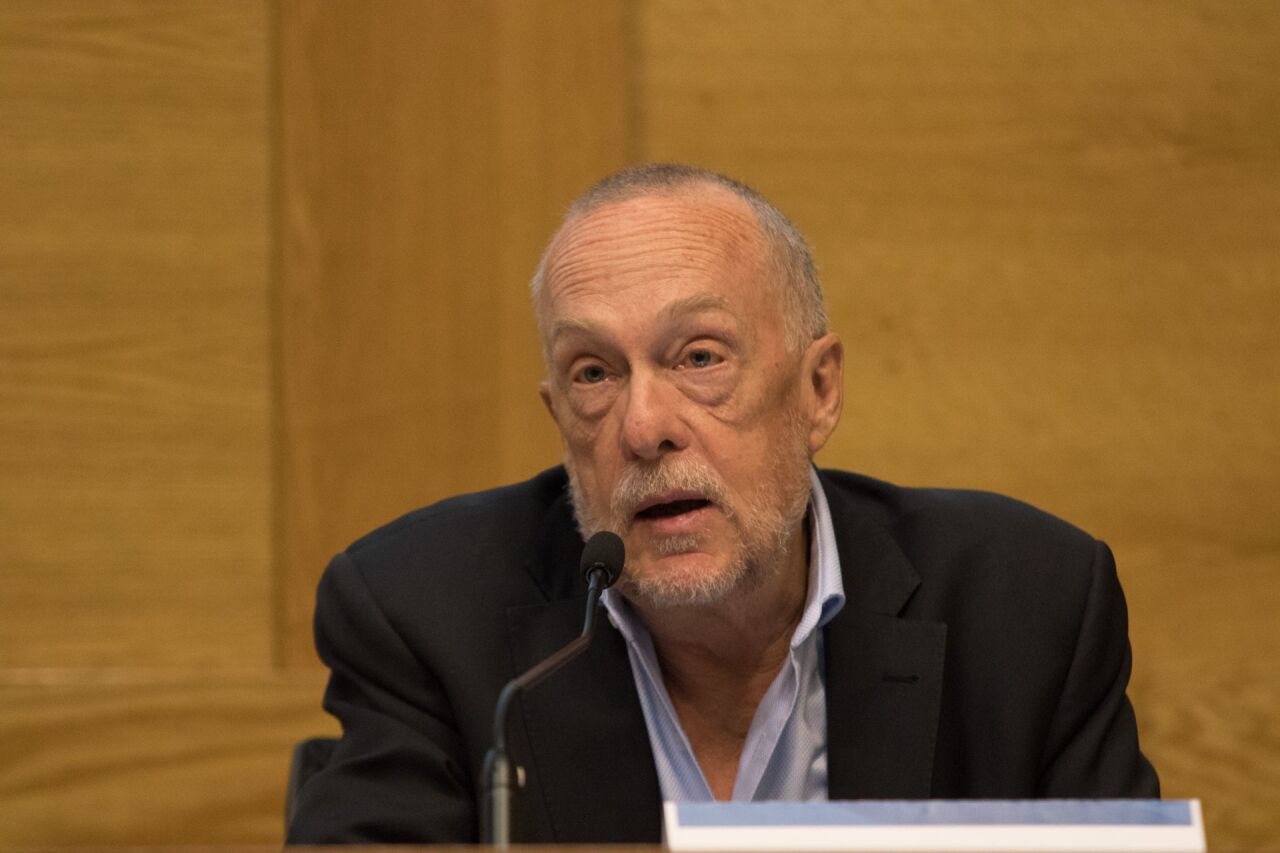Now that consumer price increases begin to slow from a two-decade high, Banxico will likely raise its benchmark rate by at least another quarter point, the deputy governor said in an interview. The recent hikes brought borrowing costs closer to their so-called terminal rate, which “intuitively” can be between 10.75% and 11.5%, he said.
“I don’t see it above 11.5%, or even much above 11%, but that will depend on the data,” Heath said during the interview at Banxico’s headquarters in Mexico City. The official indicated that his comments reflect only his views and should not be considered the position of the five-person Board.
Banxico, which will hold its first rate decision meeting of the year on February 9, since mid-2021 has made 13 consecutive increases for a total of 650 basis points to raise the reference rate to 10.5%, the highest level since It adopted its inflation target in 2008.
Like other central banks around the world, Banxico is gauging how far the tightening cycle will need to go in its protracted battle against inflation to avoid raising rates too high. At the regional level, its peers in Brazil and Chile have already interrupted their phase of monetary tightening as inflationary pressures in those economies ease, while Colombia and Peru, as well as Mexico, are expected to continue raising them.
“We could stay there for a good part of the year, because we have to leave the monetary stance in the tight zone,” Heath said on Friday. Such a stance is needed “not just to get inflation to start coming down, but to guide it down and make sure it keeps coming down,” he said.
Heath also said the bank’s monetary stance had only entered tight territory late last year, where it now sits “comfortably”. Even so, Banxico committed in December to raise the rate again in February, providing the kind of additional forward guidance that Heath says he fully supports.
Although it might be too early to tell when the bank might start to ease policy, Heath said the cuts are not “just around the corner” and the terminal rate will probably need to stay high to ensure that inflation really has started to decline. “I don’t see it for six months,” he said when asked about the possibility of rate cuts.
Since reaching 8.7% in the third quarter, Mexico’s annual headline inflation slowed down to close 2022 at 7.82%. However, core inflation, a key metric that excludes volatile items like fuel, fell in November for the first time in two years to 8.35%, from 8.51%, meaning the central bank still needs to see an improvement in the data. of inflation.
US impact
Banxico’s fight against inflation is getting some support from the continued slowdown in the US, Mexico’s biggest trading partner, where annual inflation dipped to 6.5% in December, compared with a four-month high of 7.1% the previous month. June decades of 9.1%. Despite that initial success, Federal Reserve policymakers have made it clear that the tightening cycle is not over and once it is over, they will need to pause and hold the rate high for some time.
The puzzle facing policy makers in both countries is how far into tight territory monetary policy should go and how to time and fine-tune eventual easing. A misstep on either side risks letting the inflation genie out of the bottle on the one hand, or else sending their respective economies into recession on the other.
To make that judgment in Mexico, Heath says Banxico would do well to closely watch developments in the inflation-adjusted interest rate, or real interest rate, and inflation expectations, both of which are moving in the right direction. .
The downward trends now being seen in both indicators, if they continue, would make the bank’s real effective stance going forward increasingly tighter, even if policymakers keep the nominal rate unchanged, he said.
Elaborating, Heath explained that he keeps a close eye on a measure economists refer to as the ex-ante real interest rate, that is, the current nominal benchmark interest rate adjusted for future inflation expectations. Using the most recent central bank survey, the one-year real ex-ante rate is close to 5%, which could be considered restrictive.
“Imagine expectations, we leave the rate at, let me think, 11% and expectations go down to 3%, we will have a huge real rate that is much, much more than what is necessary,” he said. “We don’t want an overshoot and that could be a drastic overshoot.”







![[Img #74683]](https://thelatestnews.world/wp-content/uploads/2024/12/The-main-mistakes-to-avoid-when-betting-on-electronic-sports-150x150.jpg)







